Sign up for our newsletter!
Your data will be handled in compliance with our privacy policy.
Your data will be handled in compliance with our privacy policy.
IR Blog Posts

December 24, 2023
During the festive season, there is time for longreads. We, therefore, want to offer a text that goes beyond what we usually write here on the blog but is not entirely unrelated to what Smoltek does. This is the story of the origin of the capacitor. Happy reading!
IR Blog Posts
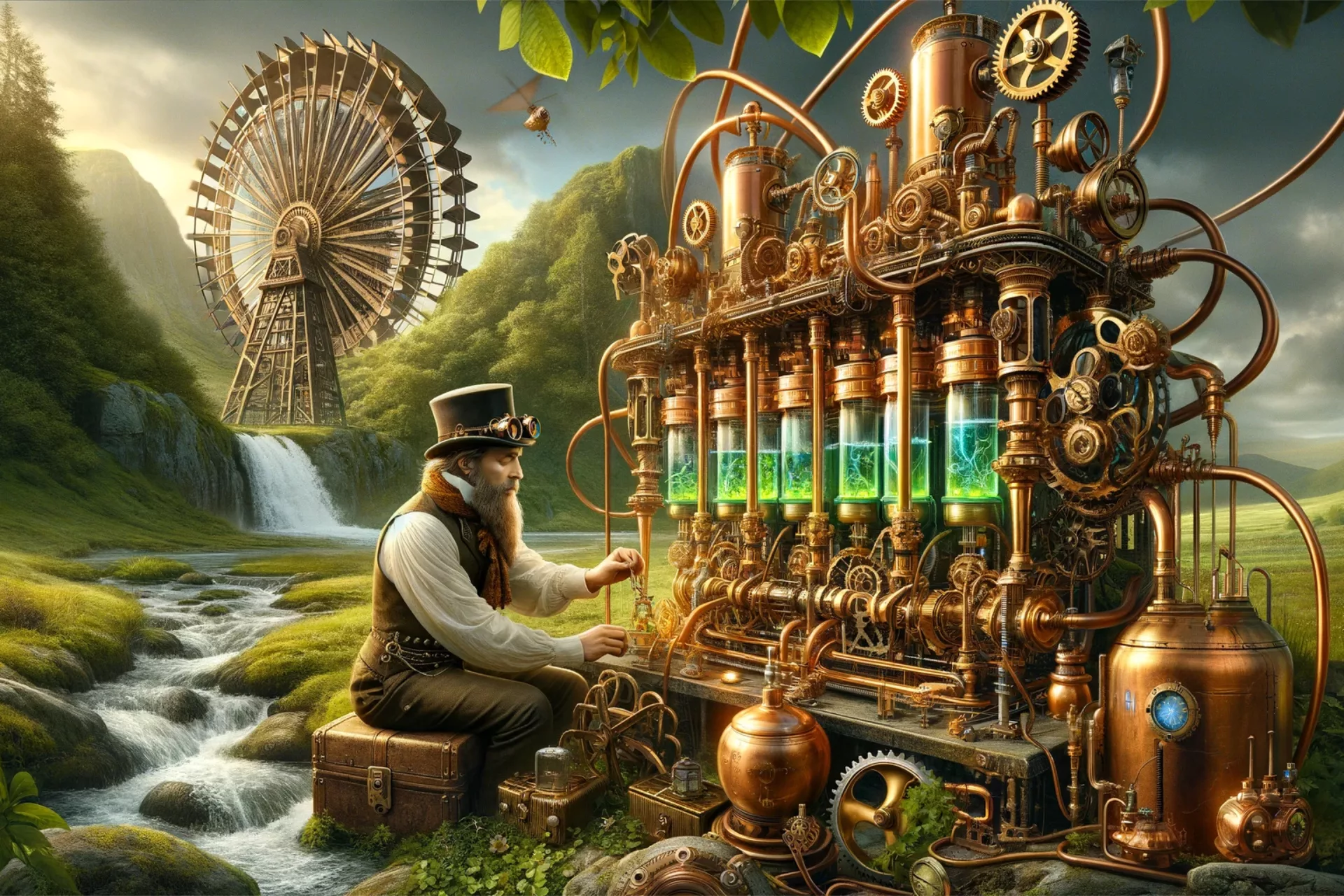
December 1, 2023
How does Smoltek's hydrogen business division compare with other PEM electrolyzer players? Smoltek Hydrogen’s president, Ellinor Ehrnberg, attended the 244th ECS meeting in Gothenburg and has the answer. In this interview, she also talks about the challenges of the industry and ways to deal with them.
IR Blog Posts

November 15, 2023
The Swedish Tax Agency has ordered Smoltek to repay two years of research deduction from the employer contribution. The tax agency believes that Smoltek does not conduct sufficiently qualified research and development, which is untrue. This blog post explains the research deduction and why it is so difficult to obtain.
IR Blog Posts
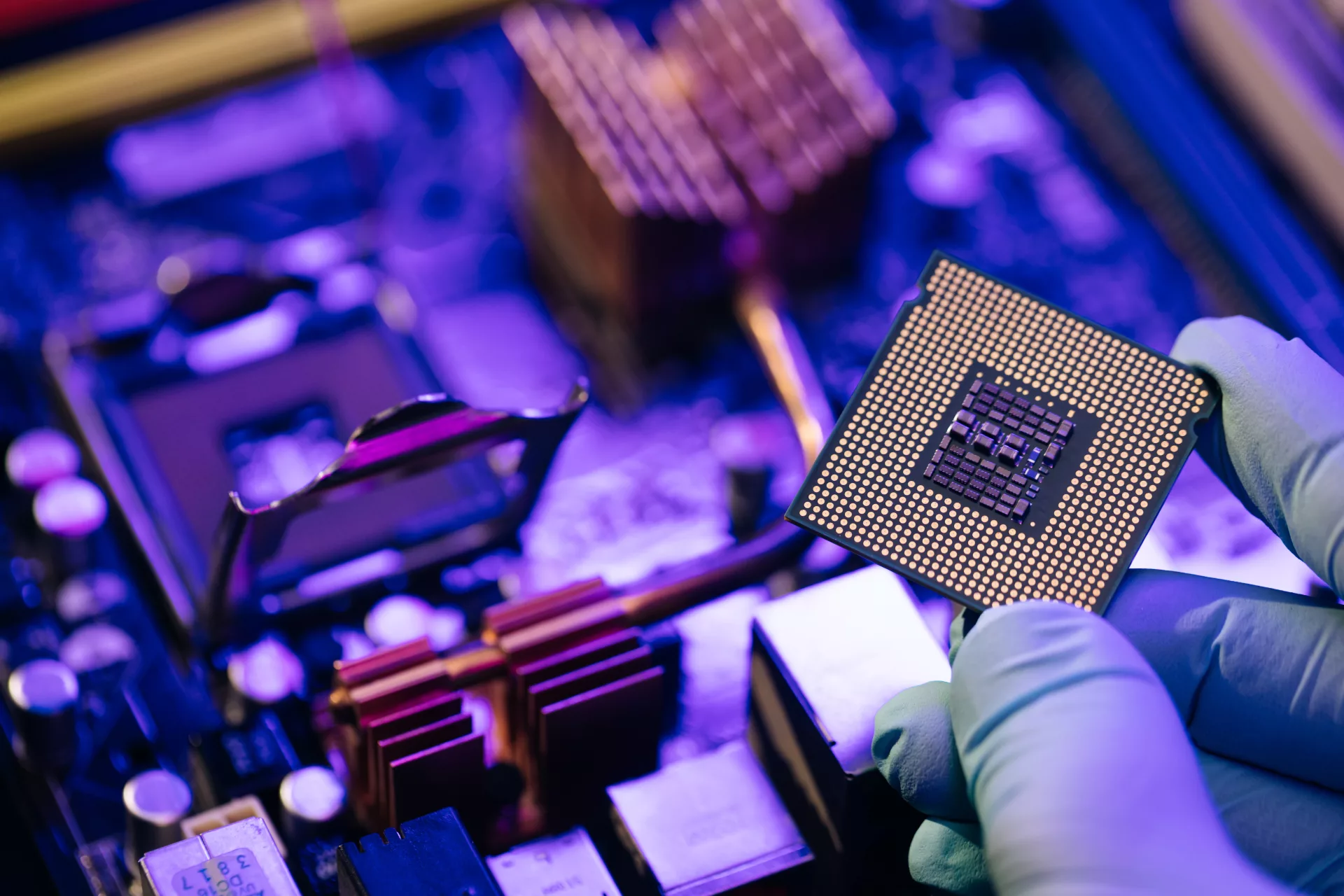
November 9, 2023
Smoltek’s business division for the semiconductor industry, Smoltek Semi, focuses one hundred percent on capacitors. Why? After all, a capacitor is not a semiconductor. And what is the endgame for this venture? These are questions we address in this blog post.
IR Blog Posts

October 31, 2023
Smolek has created a glossary of terms and abbreviations that may appear in the company's communication. Although everyone who writes for Smoltek does their best to explain in layman's words, technical terms inevitably creep into the text and make it difficult to read. This is due to a cognitive bias known as the Curse of Knowledge. This is the subject of this column, published on the spookiest day of them all – Halloween.
IR Blog Posts

October 20, 2023
Håkan Persson, CEO of Smoltek, talked at the one-day conference Aktiedagen Lund organized by Aktiespararna (the Swedish Shareholders’ Association). His presentation offered some news and insights that are worth exploring further. So, let’s follow up with some questions for Håkan.
IR Blog Posts
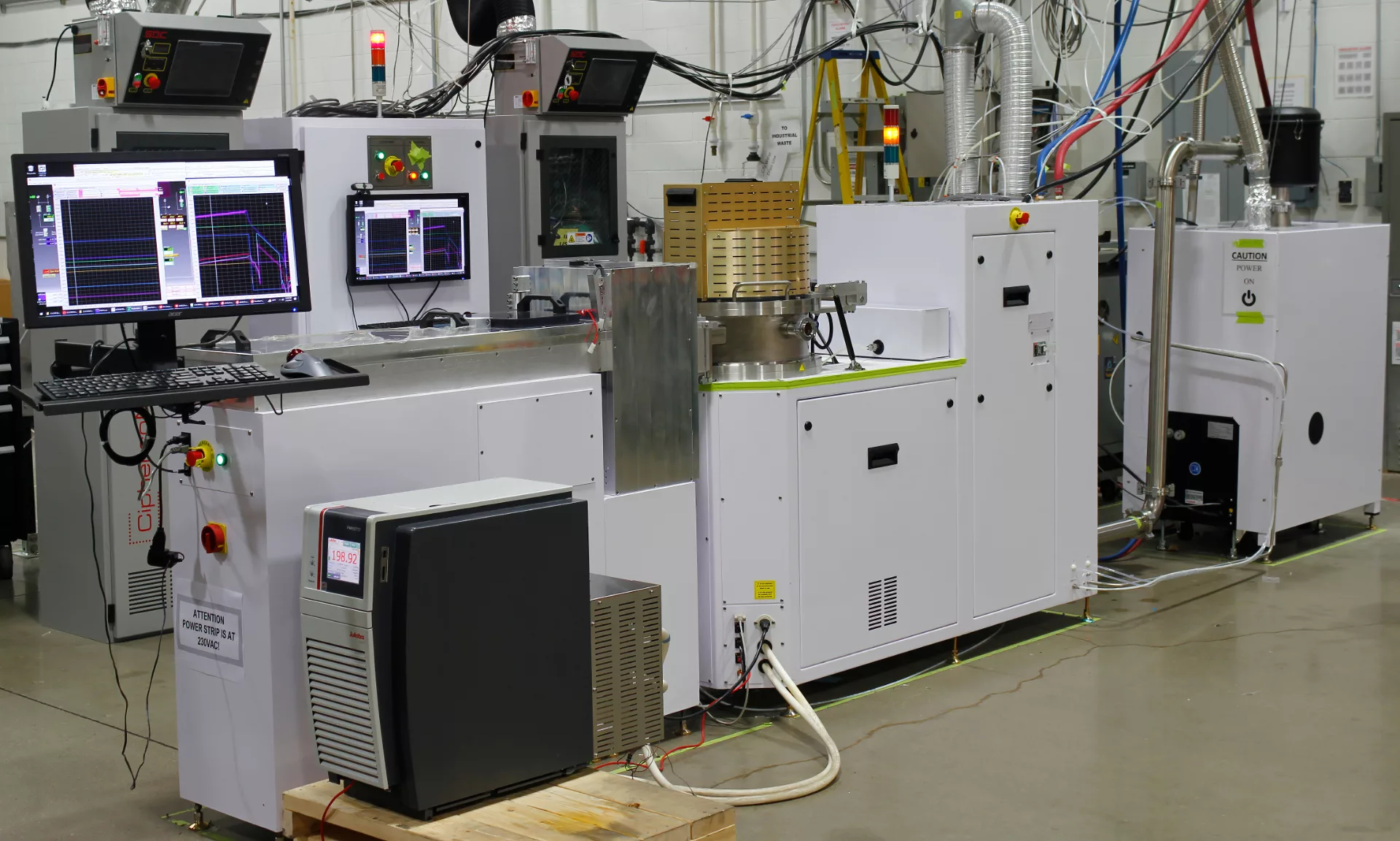
October 12, 2023
In March 2022, we told the world we had ordered a machine. In October 2023, we announced that it is ready for delivery. But what kind of machine is it? What does it do? Why has it taken so long? Where will it be located? How will it be used? You will find the answers here.
IR Blog Posts
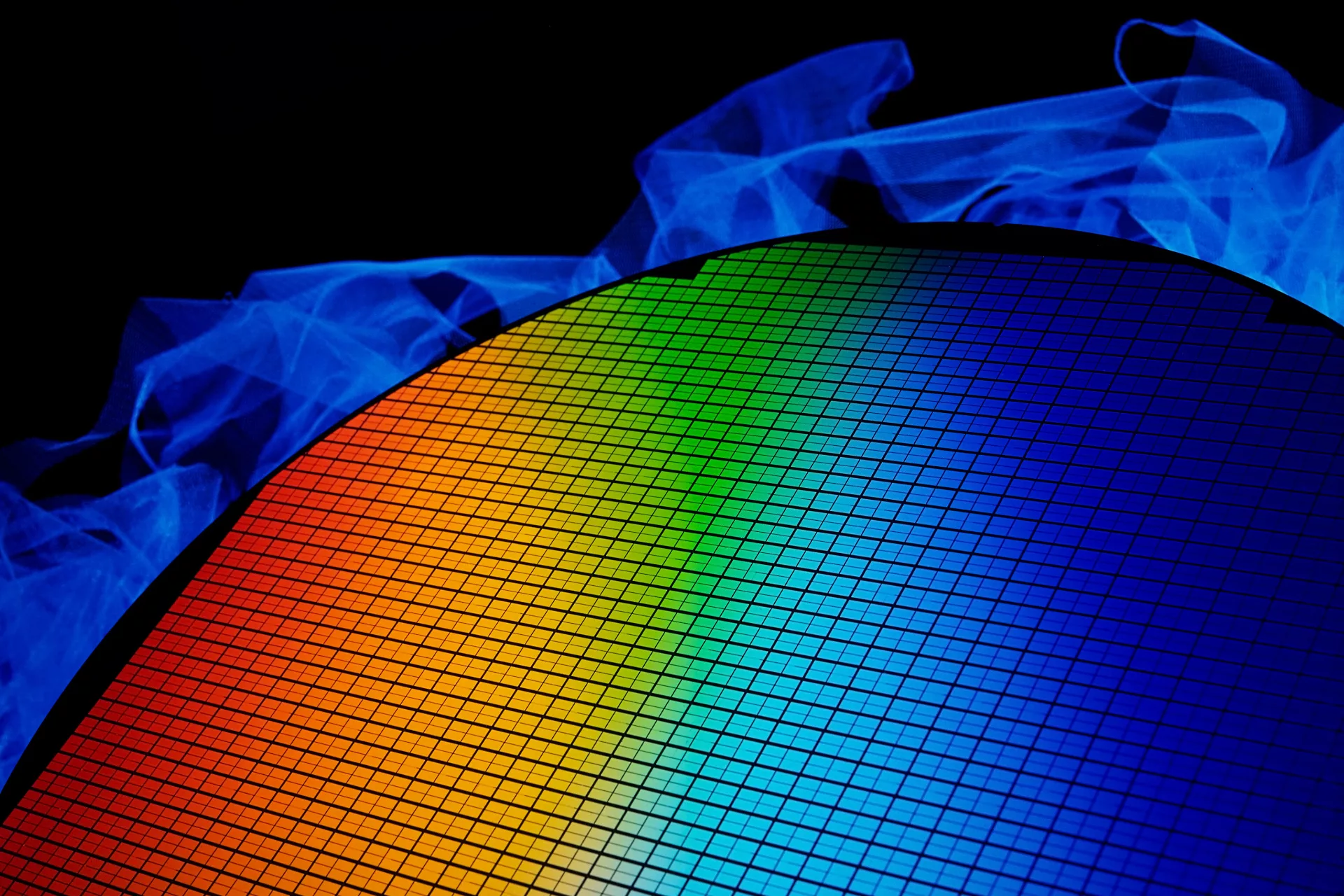
October 12, 2023
Smoltek has produced a quarter million capacitors (without carbon nanofiber) and has begun producing a new batch (with carbon nanofiber). This is huge because it shows that our high-volume manufacturing process works. It is intended to be used to produce engineering samples. You could read about this in a press release. In this article, we unpack what this means.
General

September 14, 2023
This is the first post in a blog dedicated solely to shareholders and investors. It’s a vital part of an effort to provide background and expand on our news. Read more about the initiative in this post.
Semiconductor
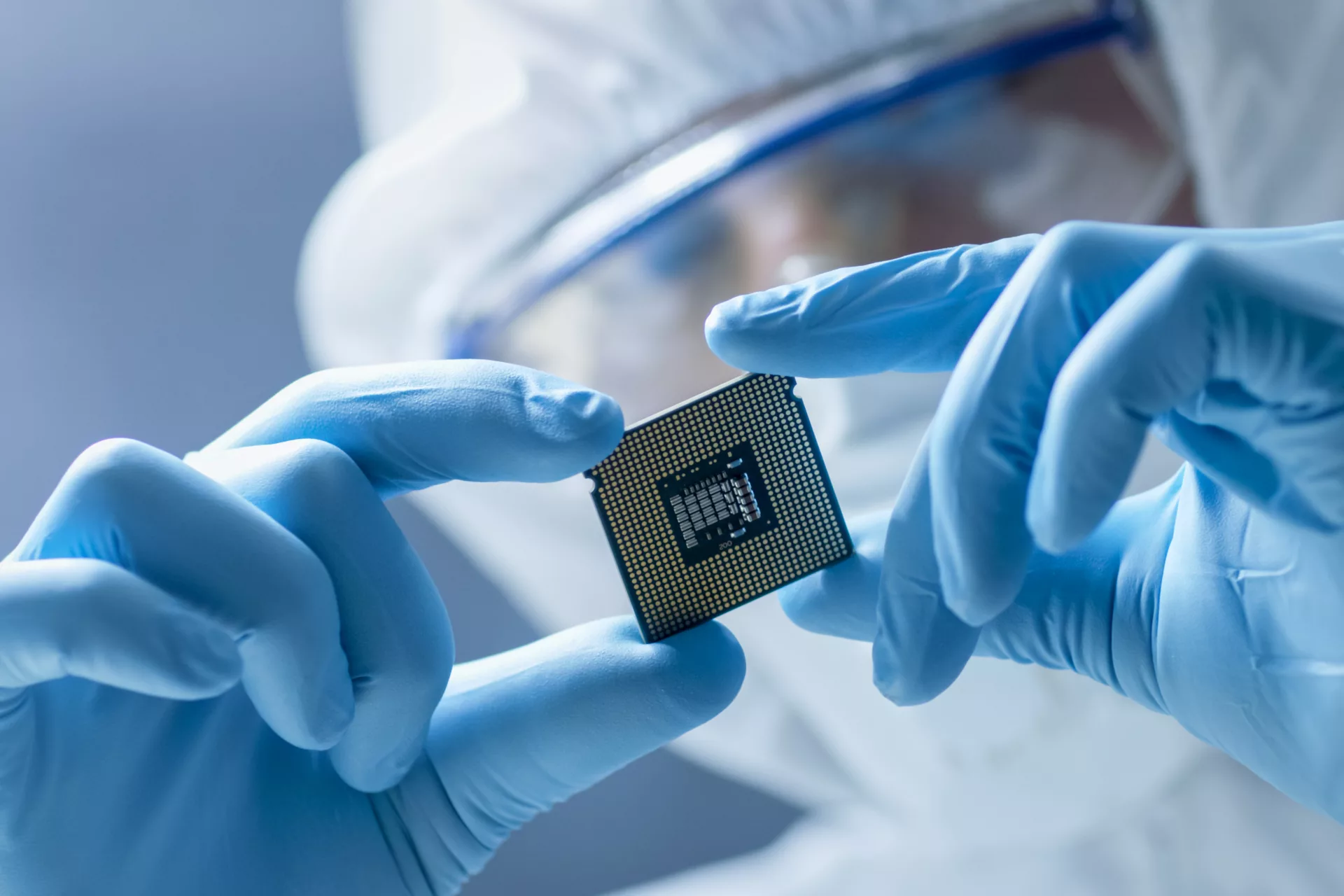
June 18, 2022
With our carbon nanofibers (CNFs) fabrication technology, we develop advanced packing solutions and ultra-miniaturized capacitors for use in the semiconductor industry.
Semiconductor
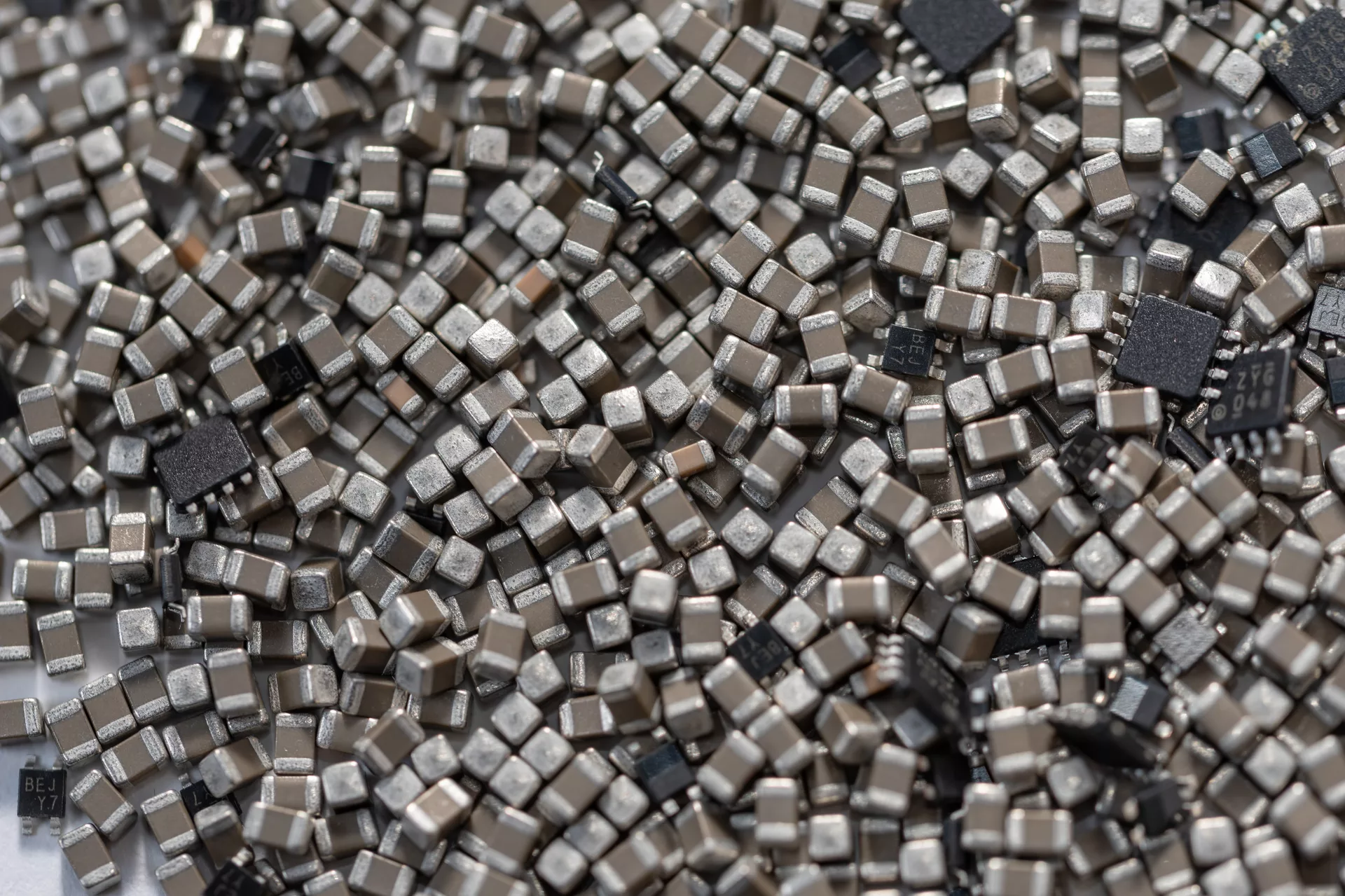
November 6, 2021
Smoltek has developed the world’s thinnest discrete capacitor. You have to stack ten of them on top of each other to reach the same height as today’s industry-standard when it comes to surface-mounted capacitors. The most amazing thing about this microscopic capacitor is its performance. One square millimeter has a capacitance of a whopping 650 nanofarads (650 nF/mm2). Read on for more details.
Hydrogen
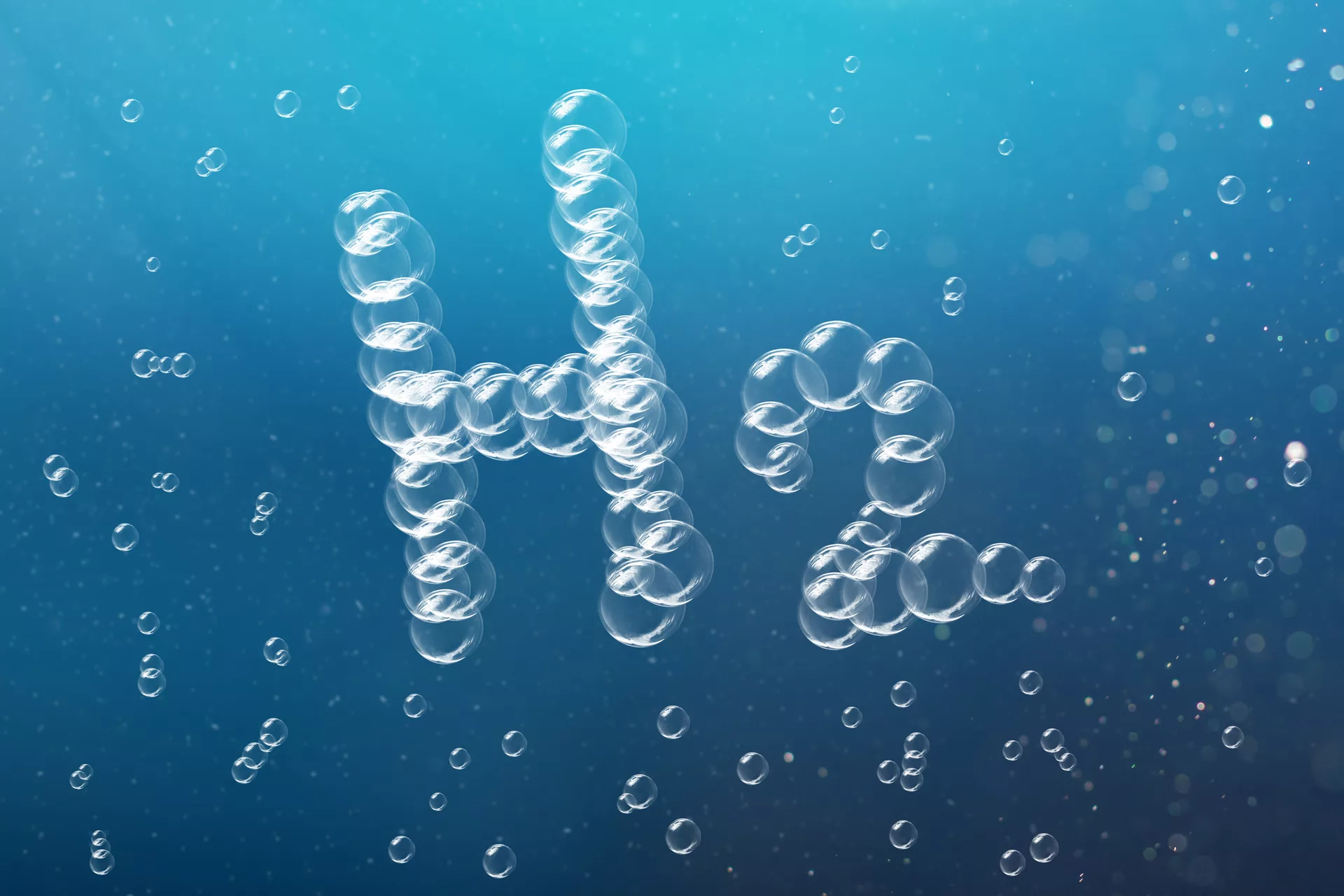
November 6, 2021
Carbon nanofibers in hydrogen electrolysis & fuel cells Hydrogen has emerged as a key to store renewable energy and making heavy industry carbon-free. Two application areas of immediate vital importance. The core technologies that make this possible are hydrogen electrolysis and fuel cells. Electrolysis converts electricity into hydrogen, while fuel cells convert the hydrogen back to electricity.
IR Blog Posts
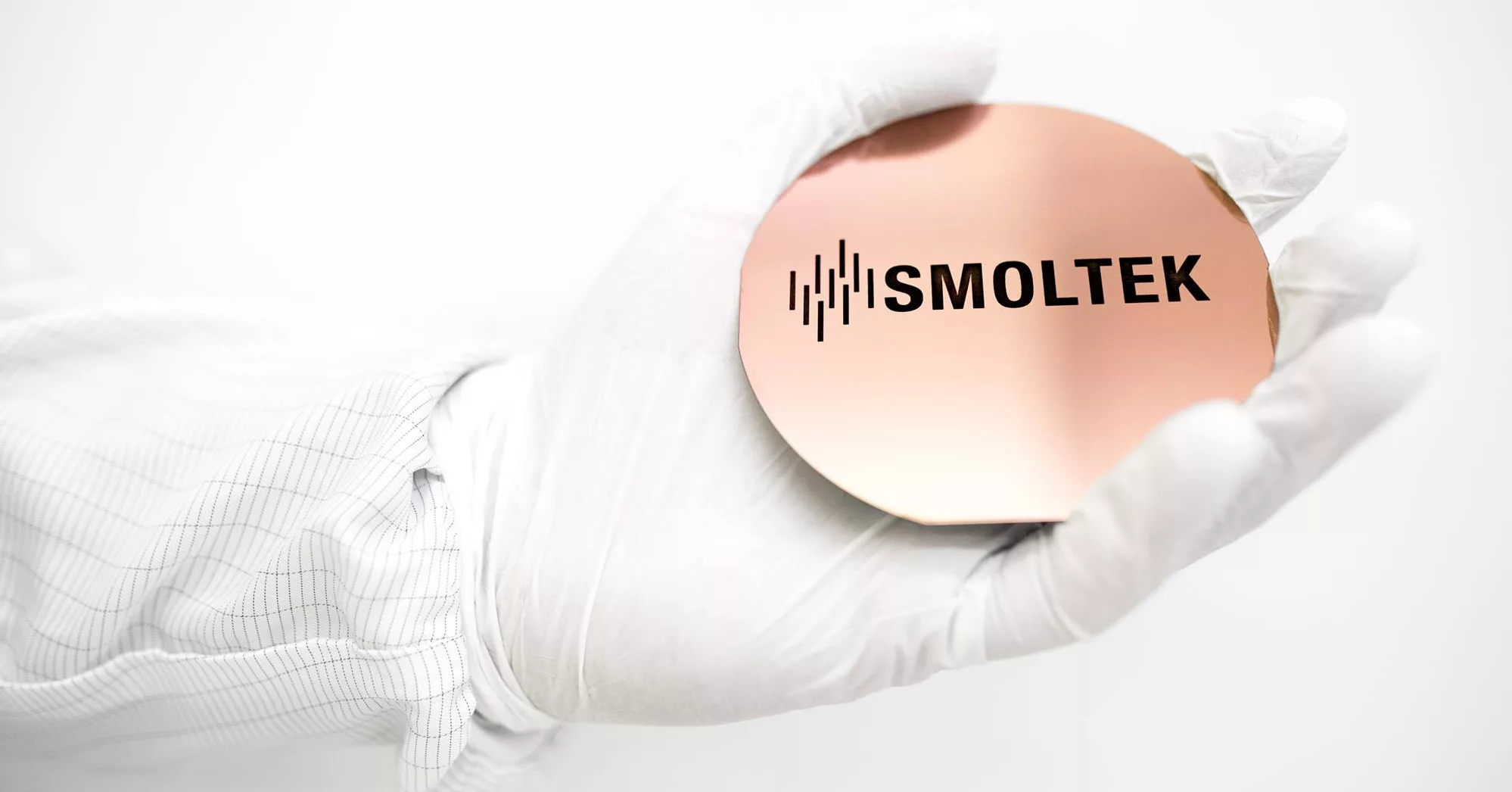
November 6, 2021
Smoltek holds unique world patents for technologies that make material engineering on an atomic level possible. Smoltek has solutions that allow continued miniaturization and increased performance of semiconductors, contribute to carbon-free steel production and renewable energy storage, and enable mind control of robotic prostheses. This is a story of how Smoltek came to be.